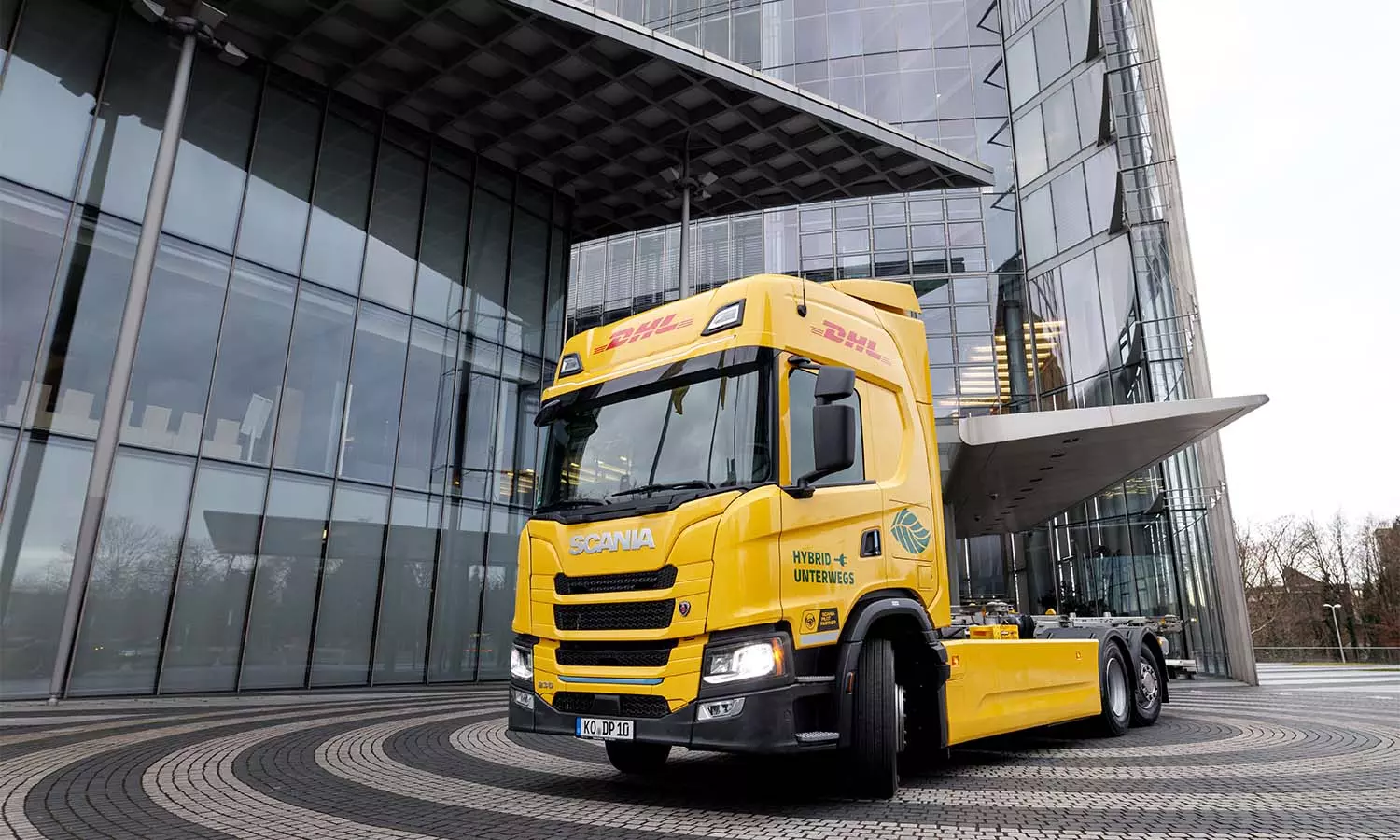Electric freight in emerging markets: Africa’s road to scale
DHL’s African trials show how electric freight can progress through smart route design, economic viability, and collaboration.

Electric freight is beginning to find its path in emerging markets, not through flawless infrastructure or sweeping policy reforms, but through carefully measured experimentation.
In regions such as Africa, where logistics networks operate across uneven terrain, literally and structurally, electrification becomes a test of design, discipline, and adaptability. It isn’t a plug-and-play transition. It requires an operating mindset that accepts imperfect conditions and works within them to build something functional, sustainable, and ultimately scalable.
DHL Supply Chain’s work in Africa reflects this grounded approach. Instead of waiting for ideal policy alignment or continent-wide charging infrastructure, the company has committed to learning through real-world pilots. As Bremer Pauw, Chief Commercial Officer MEA and Managing Director Africa of DHL Supply Chain Middle East, puts it: “Our journey with electric freight in Africa has been built on action and evidence. Instead of waiting for the ideal environment, we have chosen to trial and learn in real operational conditions.
Pilot programmes give us real-world data on cost, performance, charging behaviour and driver adaptation, which are all critical to proving long-term commercial viability. One of the most encouraging lessons so far is that electrification can work when the operating model and charging points are intentionally designed.
In our South African proof-of-concept, for example, the vehicle operates between two controlled locations, allowing charging to be planned around the delivery cycle instead of relying on a public grid that is not yet mature enough for long-distance haulage. Our motivation is not a compliance exercise. We believe that as a logistics leader, we can help shift the industry by showing that cleaner transport can still meet performance, safety and cost expectations. However, economics must hold.
Customers need realistic and predictable cost structures, and the investments must support long-term operational continuity. Africa’s context is unique. South Africa has the continent’s strongest platform for early deployment, but widespread cross-border electrification will require greater policy alignment, more accessible charging infrastructure, incentives for adoption and a rethink of current vehicle regulatory frameworks. No single company can unlock this alone.
Partnerships between technology providers, energy producers, government, customers and logistics operators will determine the speed of progress. Our view is optimistic: with scale, shared investment and determined collaboration, electric freight can become a practical reality in Africa rather than an aspiration.”
This perspective captures the central tension shaping electrification across the continent, the ambition for cleaner transport is genuine, but it must coexist with economic realities that are often unforgiving. Logistics operators work within tight margins, and a vehicle that delivers sustainability at the expense of reliability or efficiency will inevitably struggle to gain traction. DHL’s model acknowledges this, treating electric freight not as a marketing exercise but as a system that must stand on operational merit.
South Africa remains the continent’s strongest starting point, offering a more structured logistics ecosystem and a grid capable of supporting controlled experiments. But even here, pilots succeed only when the route design, charging schedule and operating rhythm are meticulously aligned. Purpose-built models, like fixed-location routes with predictable charging cycles, are emerging as practical entry points. This tailored approach demonstrates that Africa doesn’t need to replicate the European or Chinese model of widespread public charging to begin adopting electric freight; it needs context-specific design.
Beyond South Africa, the path becomes more complex. The true test of electric freight in Africa lies in cross-border integration, where differing standards, uneven infrastructure and misaligned regulations can turn a promising pilot into an operational bottleneck. Harmonising policy frameworks, modernising vehicle regulations and expanding accessible charging corridors will determine whether the continent can move from isolated success stories to a functioning electric freight network.
Even with these challenges, there is momentum and, more importantly, there is intent. The industry recognises that electrification will not be unlocked by technology alone. It demands joint effort, from energy providers capable of stabilising supply, from governments willing to incentivise adoption, from technology partners designing equipment for African conditions and from logistics operators willing to invest ahead of the curve. The pilots underway today are laying the foundation for that multi-stakeholder ecosystem.
Electric freight in Africa is not evolving in sweeping leaps, but through steady, deliberate steps informed by evidence and shaped by collaboration. Each kilometre logged in these early trials contributes to a broader understanding of what electrification looks like when applied to emerging markets. Where constraints are real, but opportunities are equally significant. If the current trajectory continues, Africa’s transition to cleaner freight may not just be possible; it may become a template for how emerging markets electrify on their own terms.


